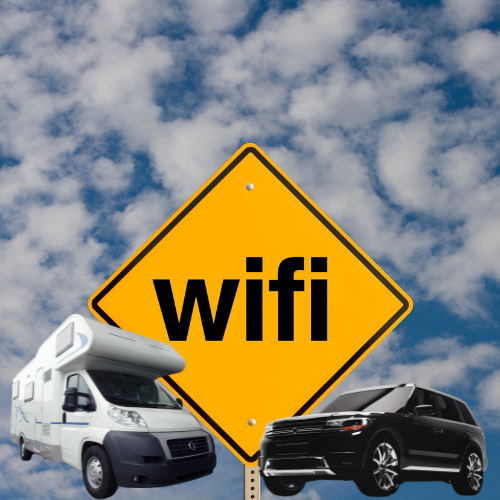
Staying connected is essential these days. Whether you’re on a road trip, commuting to work, or on a worksite, having access to reliable internet is crucial. This is where a vehicle’s WiFi hotspot comes in handy. However, a weak 4G/5G cellular signal can hinder your ability to maintain a connection. In this blog post, we’ll explore some ways to boost the cellular signal to your vehicle’s WiFi hotspot.
Move to an area with stronger cellular signal
The first step to boosting the cellular signal to your connected vehicle is to move to an area with a stronger cellular signal. The strength of the cellular signal can vary depending on your location. In general, urban areas tend to have better signal strength than rural areas. If you’re in a rural area, try moving to a location with better reception, such as a high point like a hill or an area with fewer obstructions like trees or buildings.
Install a cellular signal booster
A cellular signal booster is a device that can improve the signal strength in areas with weak cellular signals. These boosters work by amplifying the cellular signal from the nearest cell tower and broadcasting it inside your vehicle. Due to their wireless boosting capabilities, they can improve the cellular signal on any nearby cellular device. This means you can use your cell phone as well, which might provide a connection when your car’s hotspot cannot.
The first step in installing a cellular signal booster is to determine the type of booster that is right for your needs. There are several factors to consider, such as the size of your vehicle (e.g. car/ truck or RV) and the strength of the cellular signal in your area. Once you’ve determined the right booster for your needs, you’ll need to install it. This can involve mounting an external antenna on the roof of your vehicle, running cables to the booster unit, and placing the booster unit inside your vehicle.
Use an external antenna
If you can confirm the hotspot uses an external antenna port, an external antenna can help. You can mount the antenna on the roof of your vehicle for optimal reception. There are several types of external antennas available, including magnetic mount, glass mount, and permanent mount antennas. You’ll need to choose the type of antenna that is right for your vehicle and your needs.
Once you’ve chosen your antenna, you’ll need to install it. This can involve running a cable from the antenna to your vehicle’s hotspot or to a booster unit. The installation process will vary depending on the type of antenna you’ve chosen.
Change your carrier plan
If you’re still experiencing poor cellular signal, consider upgrading to a carrier plan with better coverage in your area. Different carriers have varying coverage areas, so it’s important to research which carriers have the best coverage in the areas you plan on traveling. In addition, some carriers offer plans with features like unlimited data or hotspot usage, which can improve your overall internet experience.
Get on the Road
Boosting the cellular signal to your vehicle’s WiFi hotspot can help improve internet speeds and connectivity. There are several ways to boost the signal, but finding the best solution can be a bit daunting. Contact the experts at 5Gstore to discuss your project. They can provide personalized guidance and help you determine the most appropriate solution to ensure a reliable and efficient connection for your vehicle’s WiFi hotspot. So, get on the road with confidence and enjoy seamless connectivity on your journeys.


